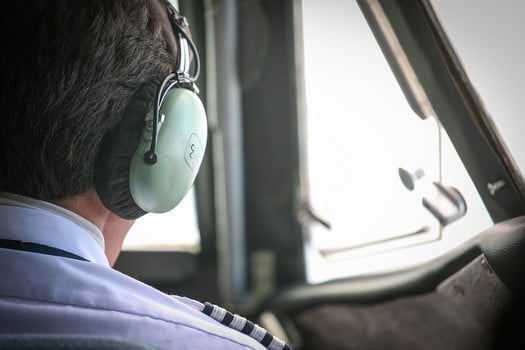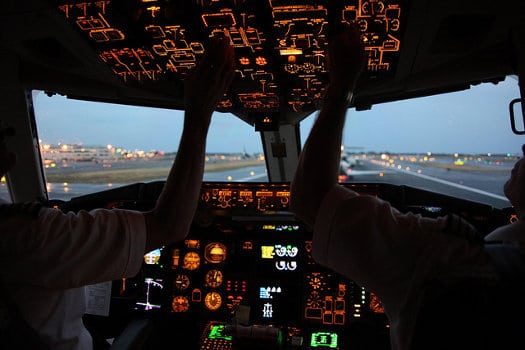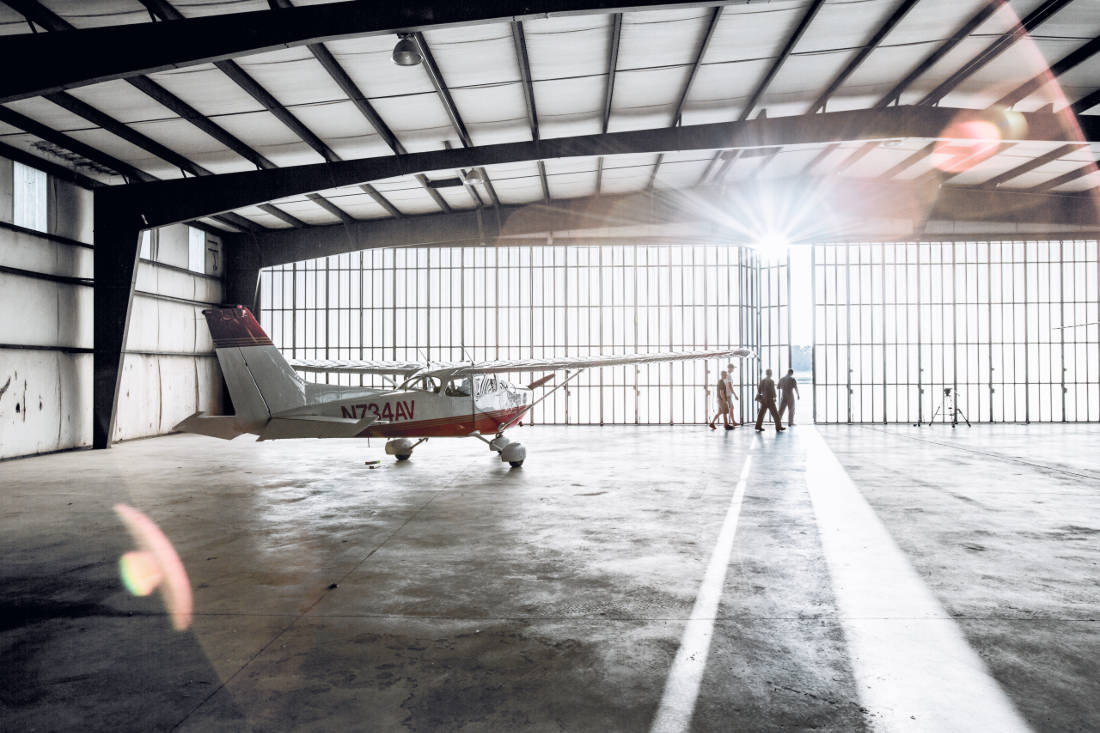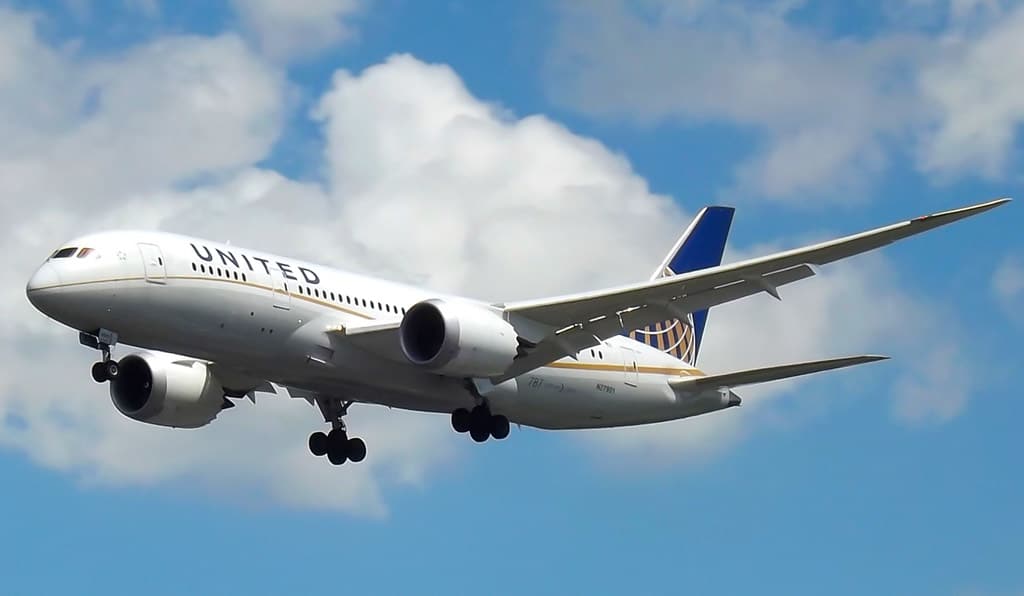What are the Differences between Airline Pilot Training Schools?
Depending on who owns the airline pilot training schools and what their emphasis is on, it may channel your career one way or another.
Airline Pilot Training Schools Inside the US
For a career as an airline pilot, flight training is available in many places. Of course, the first place considered is often the nearby airport. Pilot training is through a fixed-base operator, flying club or dedicated flying school. Many times these airline pilot training schools are approved and certificated under the FAA’s stringent Title 14 Code of Federal Regulations part 141. This means that the airline pilot training schools met standards for equipment, facilities, personnel, and curricula which is definitely a plus. But are those FBO schools a good basis for training to become an airline pilot? Some are. Some aren’t. Even though a Part 141 school appears busy its activity might be mostly primary students working on Private pilots’ certification. Private pilot certification is certainly important and is a noble achievement but to put yourself on an airline trajectory you need advanced training.
FBO owners are sometimes local-centric, focusing their business on selling fuel and services predominantly to local airport tenants. This profit base is fed by a turnover of new customers and the quickest way to get a new customer into a thirsty airplane is to get ’em their Private. As a result, its instructors might not be called upon to provide very much advanced instruction so teaching experience beyond the primary level is limited. We’re not bad-rapping schools or independent instructors not approved under Part 141. There are indeed good ones that simply lack the financial resources to sink into the FAA’s Part 141 process and requirements.

Large pilot training organizations as well as colleges and universities operating within a structured curriculum are often better choices. Usually such institutions do have the FAA’s Part 141 blessing. But there’s another very important distinction and that is their volume of advanced students. Although a college degree is not imperative to get an airline job the better carriers want it. Large training centers that hitch their wagon to a nearby college are a good option because you can train as a pilot while completing academic requirements for a degree. What’s nice is the flight portion contributes to your credits. Even the FAA advises not to make your choice of school based on financial considerations alone. They urge students to visit schools and talk to management, instructors and students. Talk to commercial pilots and ask their recommendations to help you make your choice.
Airline Pilot Training Schools Outside the US
In the United States, we enjoy personal resources and freedom to pursue pilot training and may choose it as a career option if we want. Such is not the case in every country. For decades, China, India, Africa and even some of the western European countries prohibited private citizens from flight training. They needed pilots to fly for the state-run airlines but, “duh,” none were around. So they cooked-up the concept of ab initio1 training. In it, governments conscripted individuals with no flying experience to rapidly train in state-sponsored flight schools to become airline pilots. One experienced critic of ab initio points out that these places use ab initio because they simply have no other choice.2 You can’t prohibit paintbrushes then expect to find any painters. Supporters say the “up” side is that it grinds a singular airline’s culture and discipline into you forestalling undesired habits picked-up at other carriers. Ab initio takes inexperienced people, immerses them in rapid training, then puts them in the seat of a complex jet aircraft. Its critics contend that’s a bad idea because quickly-trained, minimally experienced pilots might be called upon to make decisions which they’re unqualified to make that affect the lives of hundreds of people.
Airline Pilot Training Schools and Regional Carriers
Regional carriers are having the toughest time filling pilot seats. Among the reasons, low pay and notoriously lousy working conditions. Then there’s the self-esteem issue. Can a pilot be faulted for not wanting to spend a career driving a small 50-seater around when more money and prestige awaits flying “heavy iron” at larger carriers?
Another challenge is that “back-fill” isn’t happening for the airlines like it was up until the 1990s. People aren’t learning to fly in numbers like they once did. The pool of private-come-commercial pilots paying their dues to build time has diminished and the more qualified folks are side-stepping bottom-tier airlines in favor of the majors.
Voilà! The regionals had a solution! It’s ab initio! Now they’re working out “partnerships” with flight schools and colleges around the US to sign you up, train you quickly and hand you over to them with the promise that you will be given privileged consideration in the airline’s hiring process. They’re not promising a job, just a guarantee of consideration. As with any flight school you’re still paying for your own training but both the college and airline now have a carrot to dangle in front of you that will benefit them both if you sign up. Regardless, you still have to successfully complete the airline’s interview process and their own training. Caution: Regional carriers have a history of evaporating, merging or losing their agreements to provide “lift” for a larger parent airline resulting in furloughs and even liquidation. This can dissolve your expectations of what-might-have-been at that airline quickly.

Airlines know they must train and qualify pilots but sometimes can twist it and treat their obligation as if it benefits you more than them. There is no doubt that the price tag to train new-hires is very high and airlines, unfortunately, do occasionally see pilots quitting once trained. Unfortunately, this has resulted in some carriers initiating a “training contract” whereby you agree to work for a specified period after training. If you quit before the specified period is up (typically 1 or 2 years) you agree to reimburse the airline the pro rata amount3 remaining on your contract term. Such contracts are commonly found with regional carriers. So if you are hungry to get on with an airline immediately but feel you probably won’t stick around at a regional and will continue to fire off resumes to the majors, you might re-think a gig requiring such a contract. Of course, don’t sign anything until you have an attorney look it over and explain all those “wherefores” and “there-byes.”
Airline Pilot Training with the Airlines
There is no way to really “teach” being an airline pilot. Each airline has its own procedures. Other than wearing a uniform and working within the confines of an airline life (bidding schedules, rotating crews, flying the same routes and approaches), piloting is piloting. So a school offering to “train you as an airline pilot” might be a bit of an exaggeration. You train to be a pilot first, then you learn the “airliney” stuff AT the airline’s schoolhouse and during your IOE (initial operating experience) trips.
In spite of all the scams and schemes that are being cooked-up these days, the best training option still remains the well-respected pilot schools with good reputations. Those schools are approved under FAA Part 141, are well-run by genuine career aviation professionals and provide excellent maintenance. Most importantly they are experienced in and do a lot of the kinds of training you seek. A safe multi-engine pilot would not trust something important like training to one of those fixed-cost quickie courses. Sure, you can get the rating on your first or second or third try but you’ll be short-changed and exit as a pilot lacking confidence and that may have “got by” only by meeting minimum standards. Same thing with the instrument rating: You can immerse yourself in an accelerated course and stumble through a check-ride but you’re going to miss everything that only a quality instructor and a comprehensive program will provide. There are no shortcuts. “Yeah, but I got the rating,” you rationalize. True. But there are nuances that will be missed that could very well be helpful down the road during your airline flight simulator evaluation or years later when you upgrade as a captain. The influence of your early training will be with you 10,000 hours from now.

In Conclusion
The Paul Masson wine company once used the slogan, “We sell no wine before its time.” Simply stated, their message was that quality cannot be rushed. The same is true of quality flight training. An airline putting you in command of an aircraft trusts that you won’t do anything that will be reported on the 6 o’clock news. They’re banking their reputation and the lives of their passengers on your judgment and training. As a pilot you owe it to them, your passengers and yourself, not to settle for hurried and perfunctory training.
Vern Weiss
Airline Pilot Training Schools – Sources and Footnotes:
1 – Ab initio is translated from Latin to mean, “from the beginning.”
2 – Ron Rapp, August 18, 2014, //www.rapp.org/archives/2014/08/ab-initio/
3 – It’s not uncommon for a training contract to designate $10,000 to $20,000. For example, resigning after a year on the job with a 2-year contract makes you liable for half the amount.















2 Comments